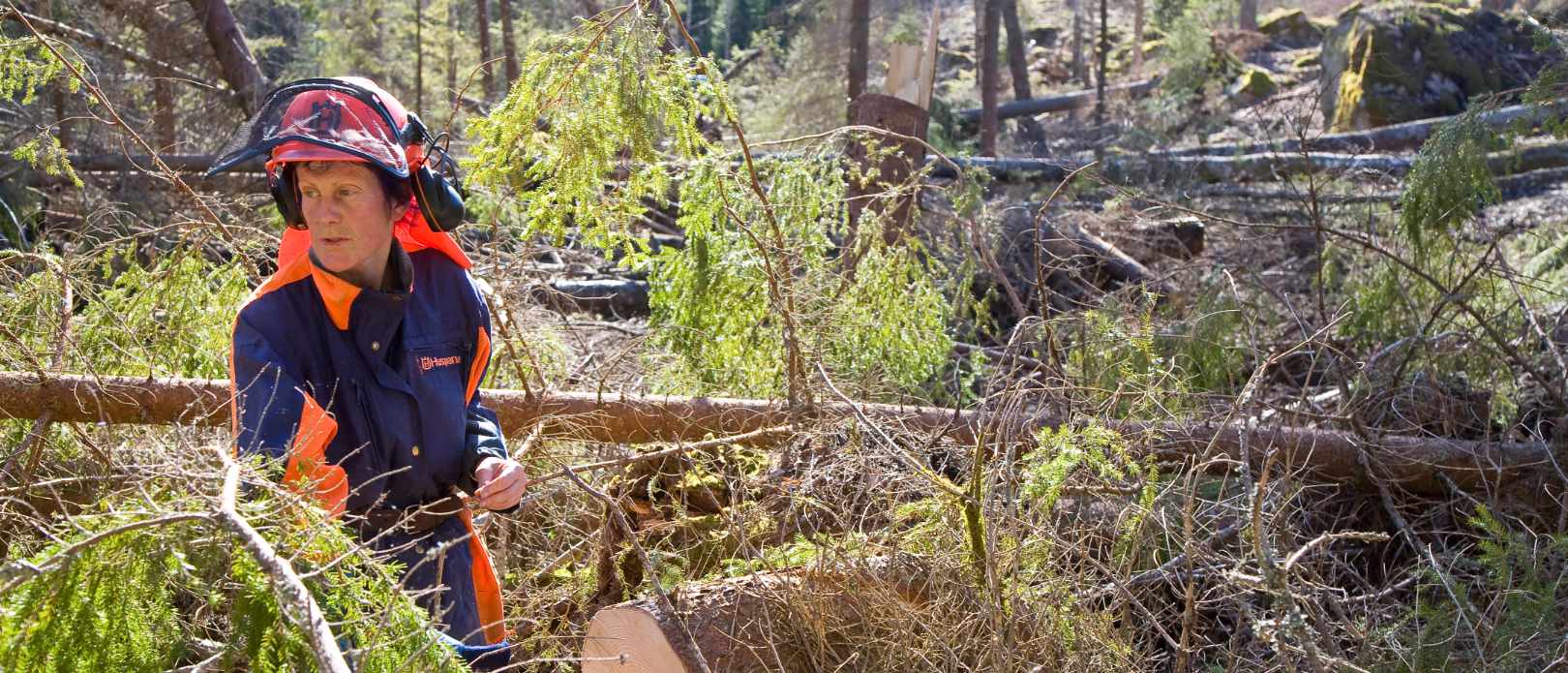Specified resilience value of alternative forest management adaptations to storms
Summary
Resilient ecosystems provide natural insurance value, or resilience value, to the landowner and to society at large. In response to global calls for integrating biodiversity in sector policy and planning, we analysed the specified resilience value by simulating three storm regimes and five management scenarios: Business As Usual/BAU (spruce-dominance), Spruce Monoculture, More Broadleaves, Continuous Cover Forestry (CCF), and No Thinnings. The forest decision support system Heureka RegWise was used to simulate the effects of storms on forest dynamics and Net Present Value (NPV). No Thinnings, CCF and More Broadleaves were more resilient to storms (reduced damage cost) compared to BAU. BAU had the highest NPV only if storms are ignored, a common assumption in today’s forest planning. Given storms, No Thinnings maximises NPV on landscape level. On the 20% most vulnerable plots the NPV was much higher for No Thinnings and slightly higher for CCF and More Broadleaves, compared to BAU. CCF and More Broadleaves also provide nature-based solutions (co-benefits) including public goods. However, forestry adaptations to storms are slow in Sweden, in contrast to e.g. German state forestry which emphasises maximising tree growth and resilience to several stresses and disturbances rather than NPV optimisation.







